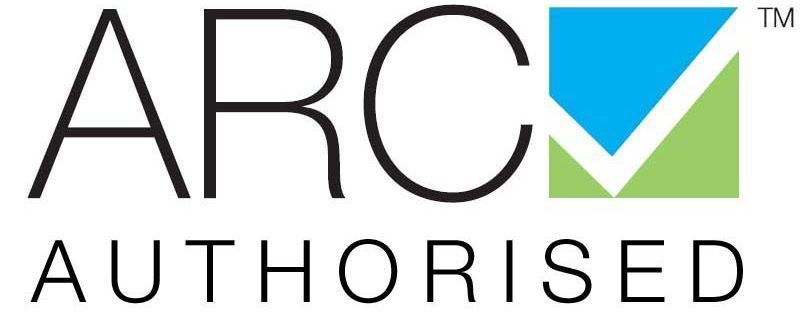What's the Difference Between Inverter and Non-Inverter Air Conditioners?
When choosing a new air conditioner, one of the biggest decisions is whether to go with inverter or non-inverter technology. At first glance, both systems look similar, but the way they operate makes a significant difference to comfort, running costs, and long-term performance. By understanding how each system works, homeowners can make informed decisions and select an air conditioning installation that suits both their budget and lifestyle.
Inverter air conditioners adjust their compressor speed to match the cooling or heating needs of a room. Instead of switching on and off, they slow down or speed up smoothly, maintaining a consistent temperature. Benefits of inverter systems include:
- Stable indoor climate without frequent fluctuations
- Lower energy consumption due to variable speed control
- Reduced strain on components, supporting longer use
This adaptability makes inverter systems highly efficient and comfortable for everyday living.
Non-inverter air conditioners work differently. Their compressor operates at a fixed speed, turning off once the desired temperature is reached and switching back on when it rises again. This cycle repeats throughout the day. What this means in practice:
- Noticeable temperature swings as the system cycles
- Higher energy use during frequent restarts
- Greater wear on mechanical parts over time
While non-inverter systems often have a lower upfront cost, they can be less efficient for households that use air conditioning regularly.
Energy efficiency is one of the clearest differences between the two systems. Because inverter units adjust output smoothly, they avoid the heavy energy use of constant stop-start cycles. Inverter efficiency advantages include:
- Lower running costs over months and years
- Energy use aligned to actual demand
- Reduced environmental impact through less electricity use
Non-inverter systems, while simpler, often result in higher bills due to their on/off operating style.
Noise levels play a bigger role in comfort than many people realise. The continuous cycling of non-inverter systems often produces louder, more noticeable sounds. Inverter systems, by contrast, run more quietly because they avoid harsh stop-start movements. Everyday benefits of inverter quietness:
- A calmer environment for bedrooms and living areas
- Less disruption during work-from-home or study time
- Smooth, steady operation without abrupt compressor noise
For households looking for quieter living spaces, inverter systems offer a distinct advantage.
When arranging an air conditioning installation, installers guide homeowners through selecting the right system for their home’s size, layout and expected usage. The choice between inverter and non-inverter units also affects long-term durability. Key considerations during installation include:
- Matching system size to the home’s cooling and heating load
- Planning placement for maximum efficiency
- Understanding how inverter technology may reduce component wear
Engaging installers ensures the system is set up correctly, maximising performance from day one.
Climate plays a big role in deciding which system suits a home. Inverter air conditioners are well suited to regions with changing temperatures, as they adapt output smoothly without wasting energy. Non-inverter units may be sufficient for smaller spaces or where air conditioning is used occasionally. Climate considerations include:
- Fluctuating temperatures where inverter systems shine
- Seasonal extremes that demand reliable, efficient cooling
- Installer advice tailored to local conditions
By matching system type to climate needs, households can enjoy greater comfort and cost savings.
Price often influences decisions, but it’s worth looking beyond the initial purchase. Non-inverter systems generally cost less to buy and install, but their running costs add up. Inverter systems require a higher upfront investment but may deliver savings over time. Points to weigh up:
- Initial system and installation costs
- Expected running costs across years of use
- Value gained through quieter operation and longer service life
Looking at lifetime value, inverter systems often provide better returns for households with regular air conditioning use.
Choosing between inverter and non-inverter systems can feel complex. Installers simplify this process by assessing each home and recommending options suited to size, usage and budget. Beyond installation, they also provide maintenance and servicing to keep systems running smoothly. When consulting with installers, they will consider:
- Household energy use and comfort goals
- Room size and layout for system design
- Long-term plans for efficiency and cost savings
Expert advice helps homeowners make confident decisions about their investment.
At Airdale Services, we provide air conditioning services in Wollongong to help homeowners choose systems that match their comfort needs and budget. Whether you’re considering inverter or non-inverter technology, we guide you through system selection and provide quality air conditioning installation in Wollongong suited to the local climate. Book a consultation with our team today!

